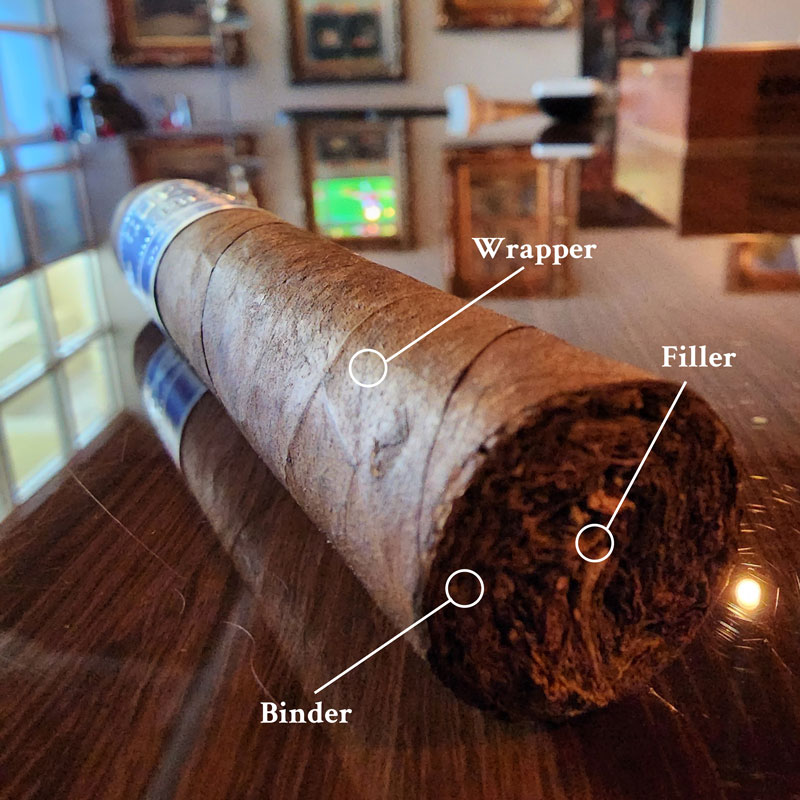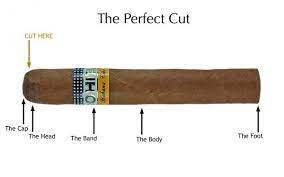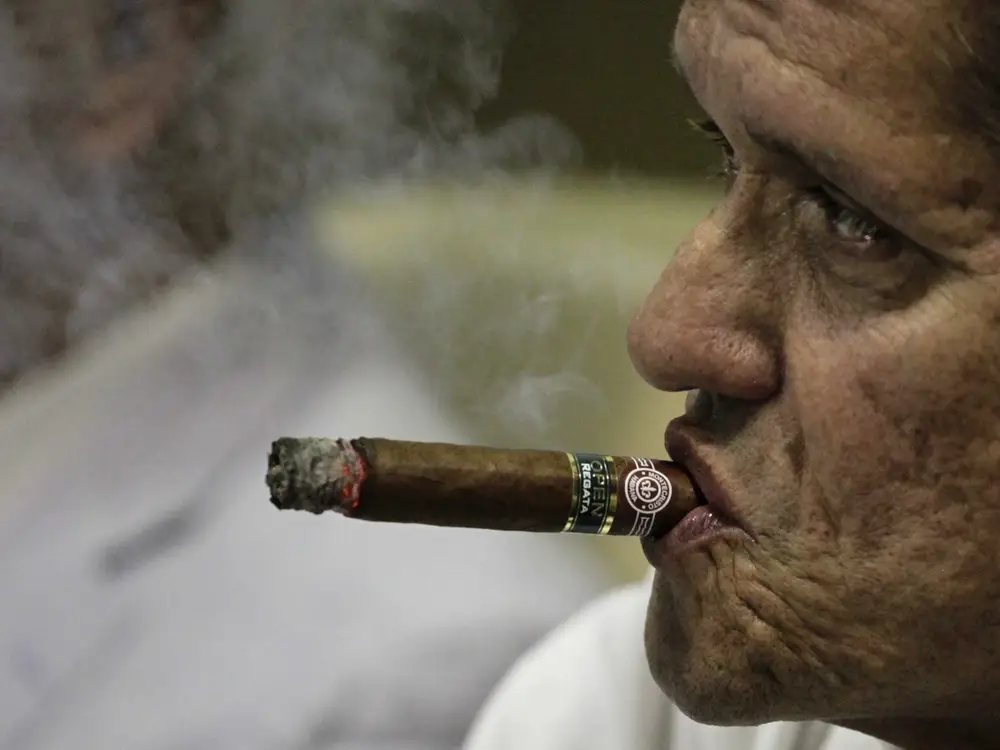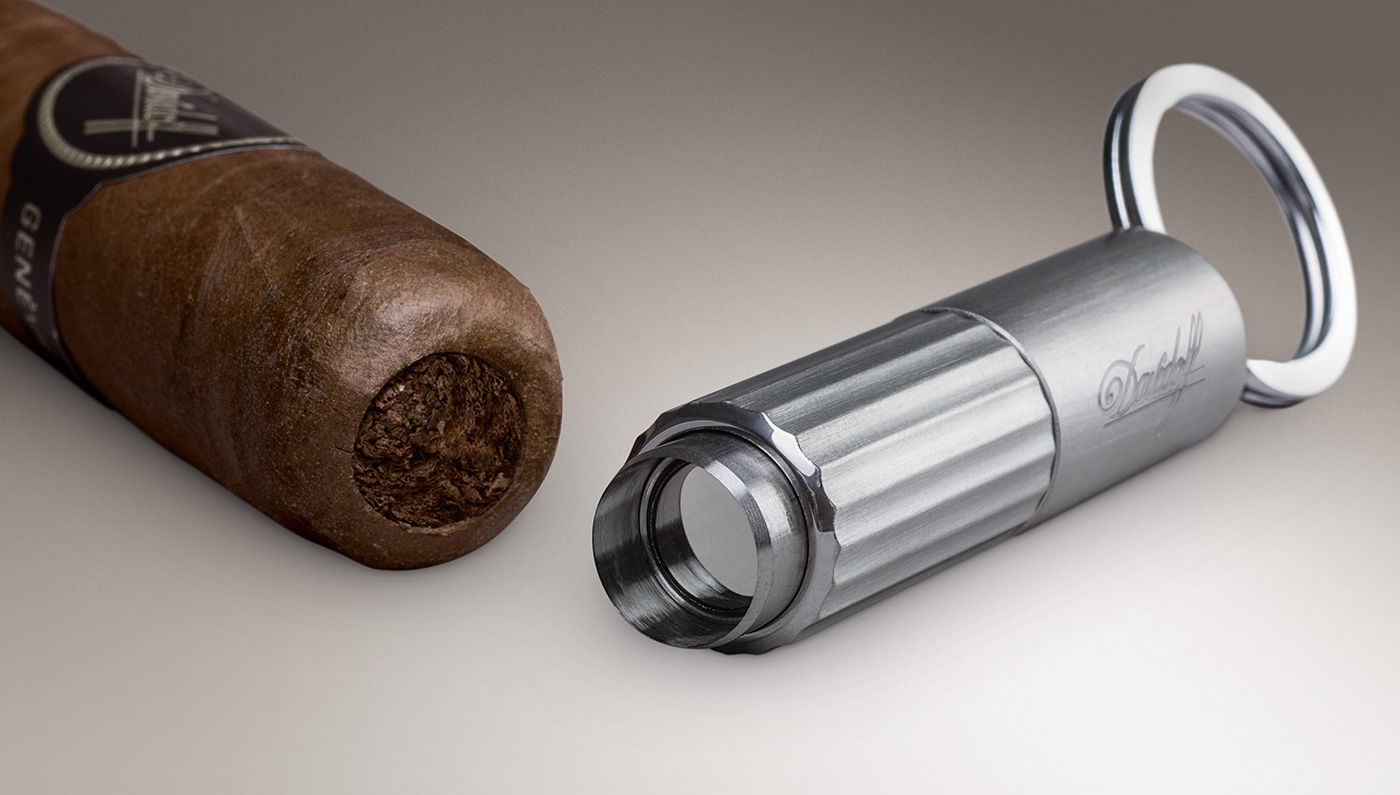Exploring the Intricate World of WCigars Smoke – Unveiling the Mysterious Contents and Intriguing Origins
A cigar is not just a bundle of dried tobacco leaves; it is a carefully crafted work of art. From the moment you light up and take that first puff, you embark on a sensory journey that is both complex and fascinating. In order to truly appreciate and enjoy a cigar, it is important to understand its contents and how they contribute to the overall smoking experience.
The main component of a cigar is, of course, the tobacco. Cigars are typically made with a blend of different types of tobacco leaves, each imparting its own unique flavor and strength. The two main types of tobacco used in cigars are filler and wrapper. The filler tobacco is the heart of the cigar and provides the majority of the flavor. It can be made from a single type of tobacco or a blend of different tobaccos, depending on the desired taste. The wrapper tobacco is the outermost layer of the cigar and is responsible for its appearance and aroma. It is often grown in regions known for their ideal climate and soil conditions, such as Cuba, the Dominican Republic, or Nicaragua.
Another important component of a cigar is the binder. The binder is a layer of tobacco leaves that hold the filler leaves together and helps the cigar maintain its shape. It also adds to the overall flavor and combustibility of the cigar. The binder is typically made from a fine-grade tobacco that is pliable and strong enough to withstand the rolling process.
Lastly, a cigar may also contain various additional elements, such as a cap, which is a small piece of wrapper tobacco that covers the head of the cigar and helps keep the filler leaves intact. Some cigars may also include a band, which is a decorative strip of paper or fabric wrapped around the body of the cigar to indicate its brand or origin. These additional elements do not directly contribute to the flavor or smoking experience of the cigar, but they add to its overall presentation and aesthetics.
By understanding the contents of a cigar, you can develop a deeper appreciation for the craftsmanship and skill that goes into its creation. Next time you enjoy a cigar, take a moment to savor its flavors and aromas, and reflect on the blend of different tobacco leaves that have come together to create this exquisite smoking experience.
History and Origins of Cigars
The history of cigars is believed to date back to ancient times. Indigenous people in areas such as Central America and South America were known to use tobacco for various purposes, including medicinal and spiritual rituals.
However, it was Christopher Columbus who is credited with introducing tobacco to Europe after his voyages to the Americas in the 15th century. It quickly gained popularity and spread throughout the continent.
Cigars, as we know them today, have their origins in Spain and Portugal. The tobacco plant was brought to these countries by explorers and traders who returned from their expeditions. The warm climate and fertile soil of these regions proved to be ideal for growing tobacco, and the production of cigars began.
In the early days, cigars were primarily made by hand, with each one being rolled individually. This labor-intensive process limited their availability and made them a luxury item. However, as demand grew, innovations in production techniques, such as the invention of cigar molds and cutting machines, allowed for mass production.
During the 19th and early 20th centuries, cigars became increasingly popular worldwide. They were seen as a symbol of wealth and power and were frequently enjoyed by the elite and aristocracy. This led to the establishment of prestigious cigar manufacturers in countries such as Cuba and the Dominican Republic.
Today, cigars are enjoyed by people from all walks of life, and their popularity continues to grow. They are often associated with relaxation and celebration and are an integral part of a rich cultural heritage.
Types of Cigar Health Effects Tobacco
When it comes to cigars, the type of tobacco used plays a crucial role in determining its flavor, strength, and overall smoking experience. Here are some of the most common types of tobacco used in cigars:
Wrapper Tobacco
The wrapper tobacco is the outermost leaf of a cigar and is responsible for imparting most of its flavor. It is often grown in shade to produce a smoother, milder taste, or under the sun for a richer, fuller-bodied flavor. Wrapper tobacco can range in color from light tan to dark brown and can have a smooth or rough texture.
Binder Tobacco
The binder tobacco is the leaf underneath the wrapper and is used to hold the filler tobacco together. It offers structural support and contributes to the overall combustion rate of the cigar. Binder tobacco is usually chosen for its strength and ability to burn well.
Filler Tobacco
The filler tobacco is the core of the cigar and determines its body and strength. It is made up of multiple types of tobacco leaves, which are blended together to create the desired flavor profile. Filler tobacco can come from different regions, with each region offering its own unique characteristics in terms of flavor, aroma, and strength.
Some commonly used types of filler tobacco include:
- Seco: This type of filler tobacco is often mild and adds aroma and combustion qualities to the blend.
- Viso: Viso tobacco is medium-bodied and contributes to the overall flavor and burning properties of the cigar.
- Ligero: Ligero leaves are the strongest and most flavorful of the filler tobaccos. They are usually positioned at the center of the cigar and provide depth and intensity to the smoke.
Blending these different types of filler tobaccos allows cigar makers to create a wide variety of cigar flavors and strengths, ranging from mild and creamy to rich and bold.
Understanding the different types of cigar tobacco can enhance your smoking experience by helping you choose cigars that align with your personal preferences in terms of taste and strength.
Wrapper Leaves
The wrapper leaf is the outermost layer of a cigar and plays a significant role in its overall appearance and flavor. It is responsible for holding the cigar together and providing a smooth surface for the smoker’s lips. Additionally, the wrapper leaf contributes to the aroma and taste of the cigar.
Types of Wrapper Leaves
There are several types of wrapper leaves, each with its own unique characteristics:
- Connecticut Shade: This wrapper leaf is grown under a shade cloth to protect it from direct sunlight, resulting in a mild and smooth flavor.
- Connecticut Broadleaf: This leaf is grown in the Connecticut River Valley and has a dark and oily appearance. It adds a rich and sweet flavor to the cigar.
- Habano: This wrapper leaf is grown in the fertile regions of Cuba, Nicaragua, and the Dominican Republic. It has a rich, earthy flavor with hints of spice.
- Sumatra: This leaf is grown in Indonesia and has a smooth and silky texture. It adds a slightly sweet and spicy flavor to the cigar.
- Maduro: This wrapper leaf undergoes an extra fermentation process, resulting in a dark and oily appearance. It adds a bold and rich flavor to the cigar.
Appearance and Quality
The quality of the wrapper leaf is determined by its appearance and texture. A high-quality wrapper leaf should be smooth and free from blemishes, veins, or visible flaws. It should also have an even color and a tight, uniform texture. The wrapper leaf’s color can vary from light brown to dark brown, depending on the type of tobacco and the fermentation process.
Furthermore, the wrapper leaf should be flexible and elastic, allowing it to be wrapped tightly around the filler blend. It should also have an adequate amount of oiliness, as this contributes to the cigar’s flavor and burn.
Binder Leaves
Binder leaves are an important component of a cigar, playing a crucial role in its construction and flavor profile. They are one of the three main types of tobacco leaves that make up a cigar, along with filler and wrapper leaves.
Role:
The binder leaves are responsible for holding the filler leaves together and providing stability to the cigar. They play a crucial role in the cigar’s construction, ensuring that it maintains its shape and remains intact during smoking.
Quality:
The quality of the binder leaves greatly affects the overall smoking experience. Binder leaves must be thick and durable to withstand the rolling process and ensure that the cigar burns evenly. They should also be pliable enough to mold around the filler leaves without cracking or falling apart.
Characteristics of Binder Leaves
- Strength: Binder leaves can contribute to the strength of a cigar. They can add depth and complexity to the flavor profile, enhancing the overall smoking experience.
- Color: Binder leaves can vary in color, ranging from light to dark. The color can influence the appearance of the cigar and may give an indication of the flavor profile.
- Texture: The texture of binder leaves can differ, with some leaves being smooth and others having a slightly rough texture. The texture can affect how the cigar feels in the hand and can impact the overall smoking experience.
- Aroma: Binder leaves can contribute to the aroma of the cigar. They can add subtle notes and undertones that complement the flavors of the filler leaves.
Ultimately, the selection and use of binder leaves can greatly impact the overall quality and smoking experience of a cigar. Cigar manufacturers carefully choose binder leaves that complement the desired flavor profile and ensure proper construction. The proper combination of binder, filler, and wrapper leaves is essential in creating a well-balanced and enjoyable smoking experience.
Filler Leaves
The filler leaves are the innermost component of a cigar and are responsible for its taste and aroma. These leaves are made from tobacco plants and come from various parts of the plant, including the upper leaves (ligero), middle leaves (secos), and lower leaves (volados).
Ligero leaves are the strongest and most flavorful leaves and come from the top of the plant where they receive the most sunlight and nutrients. These leaves are rich in oils and provide the bold and robust flavors that are often associated with premium cigars.
Secos leaves are the medium-strength leaves that come from the middle of the plant. They have a more balanced flavor and aroma compared to ligero leaves. Secos leaves add complexity to a cigar’s flavor profile and contribute to its overall character.
Volados leaves are the milder leaves that come from the bottom of the plant. They have a lower nicotine content and are used to smooth out the flavors of a cigar. Volados leaves contribute to the combustion and burning characteristics of a cigar, ensuring a steady and even burn.
The combination and blend of these different types of filler leaves play a crucial role in determining the strength, flavor, and complexity of a cigar.
Cigar Sizes and Shapes
When it comes to cigars, size and shape play an important role in the overall smoking experience. Cigars come in a variety of sizes and shapes, each with its own unique characteristics that can greatly impact the taste, burn, and draw of the cigar.
One of the most common ways to classify cigars is by their size, which is usually measured in length and ring gauge. The length is measured in inches and the ring gauge is measured in 64ths of an inch. For example, a cigar with a length of 6 inches and a ring gauge of 50 would be referred to as a “6×50” cigar.
There are several popular cigar sizes, each with its own name and characteristics. Here are a few of the most common cigar sizes:
Robusto
The Robusto is one of the most popular cigar sizes, known for its shorter length and thicker ring gauge. Typically measuring around 5 to 5.5 inches in length with a ring gauge of 50 to 54, the Robusto offers a well-balanced smoking experience with a rich flavor profile.
Toro
The Toro is a larger sized cigar, usually measuring between 6 to 6.5 inches in length with a ring gauge of 50 to 56. The extra length and wider ring gauge allow for a longer smoking time and a cooler burn, resulting in a smooth and flavorful smoke.
In addition to size, cigars also come in a variety of shapes. Some of the most common cigar shapes include:
| Shape | Description |
|---|---|
| Parejo | The Parejo shape is the most common cigar shape, characterized by its straight sides and rounded head. It offers an easy draw and even burn. |
| Torpedo | The Torpedo shape has a pointed head and a thicker ring gauge towards the foot. This shape concentrates the flavors and provides a more intense smoking experience. |
| Figurado | The Figurado shape includes cigars with irregular or non-traditional shapes, such as Belicosos, Pyramids, and Perfectos. These shapes offer unique smoking experiences with varying flavor profiles. |
Ultimately, the choice of cigar size and shape depends on individual preferences. Whether you prefer a shorter smoke with a thicker ring gauge or a longer smoke with a tapered head, there is a wide range of options available to suit every smoker’s taste.
Common Cigar Sizes and Shapes
There are numerous cigar sizes and shapes available on the market, each with its own unique characteristics and smoking experience. Here are some of the most common cigar sizes and shapes:
- Robusto: This is one of the most popular cigar sizes, typically ranging from 4 ¾ to 5 ½ inches in length with a ring gauge of around 50. Robustos are known for their balanced flavor and medium to full-bodied strength.
- Toro: The Toro size is slightly larger than the Robusto, typically measuring around 6 inches in length with a ring gauge between 50 and 52. Toros are known for their smooth draw and rich flavor profile.
- Corona: Coronas are shorter and thinner cigars, usually measuring around 5 ½ inches in length with a ring gauge of 42 to 44. They offer a quicker smoking experience and are often favored by beginners and aficionados alike.
- Churchill: Named after the famous British prime minister, Churchill cigars are known for their impressive length, measuring around 7 inches with a ring gauge between 47 and 50. They provide a longer smoking time and a milder flavor.
- Panatela: Panatelas are slender and elegant cigars, typically measuring around 6 inches in length with a ring gauge of 34 to 38. They offer a mild to medium-bodied smoking experience with a focus on flavor.
In addition to these common sizes, there are also various other shapes and sizes, such as the Figurado (which includes tapered or irregular shapes) and the Gordo (which is a larger and thicker cigar). Each size and shape offers a unique smoking experience, so it’s worth trying out different cigars to find your preferred size and shape.






